De Quervain’s Tenosynovitis: Is the surgery the final solution?
De Quervain’s Tenosynovitis is a common condition that causes pain and discomfort in the wrist and thumb, affecting everyday tasks like gripping and lifting. If left untreated, it can significantly impact the quality of life.
At Pinnacle Orthocentre, one of the best orthopaedic hospitals in Thane, we specialize in advanced treatment for conditions like De Quervain’s Tenosynovitis.
What is De Quervain’s Tenosynovitis?
De Quervain’s Tenosynovitis refers to the painful inflammation of the tendons around the base of the thumb and wrist. This condition limits thumb movement and can make simple actions like shake-hand movements or opening jars or typing painful.
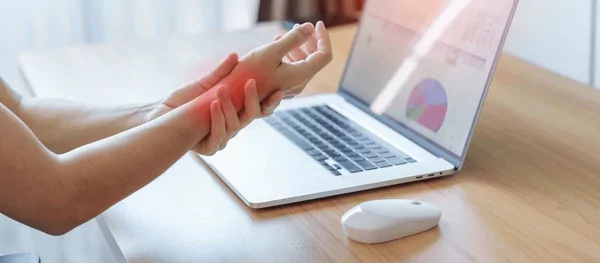
Symptoms of De Quervain’s Tenosynovitis
Common symptoms include:
- Pain and swelling near the base of the thumb.
- Difficulty moving the thumb and wrist.
- A “catching” or “snapping” sensation when using the thumb.
- Worsened pain during gripping or pinching actions.
Causes of De Quervain’s Tenosynovitis
This condition is caused by repetitive strain or overuse of the wrist and thumb tendons. Additional causes may include:
- Overuse injury from continuous strain.
- Medical comorbidities like Diabetes or Thyroid disorders or deranged lipid profile.
- Inflammatory conditions (e.g., Rheumatoid arthritis).
- Hormonal changes during pregnancy or postpartum.
- Age (30-50 years) and higher prevalence in women.
- Genetic predisposition to tendon issues.
Risk Factors for De Quervain’s Tenosynovitis
Certain factors increase the likelihood of developing this condition:
- Gender: Women are more prone to De Quervain’s Tenosynovitis.
- Age: Most common between 30 and 50 years.
- Pregnancy or postpartum period.
- Repetitive wrist and thumb movements from work or hobbies.
Non-Surgical Treatments for De Quervain’s Tenosynovitis
Initial Conservative Options
Before considering surgery, non-invasive treatments are often recommended:
- Resting the affected wrist and thumb.
- Wearing a splint or brace to immobilize the thumb.
- Taking anti-inflammatory medications or receiving corticosteroid injections at the site of pain.
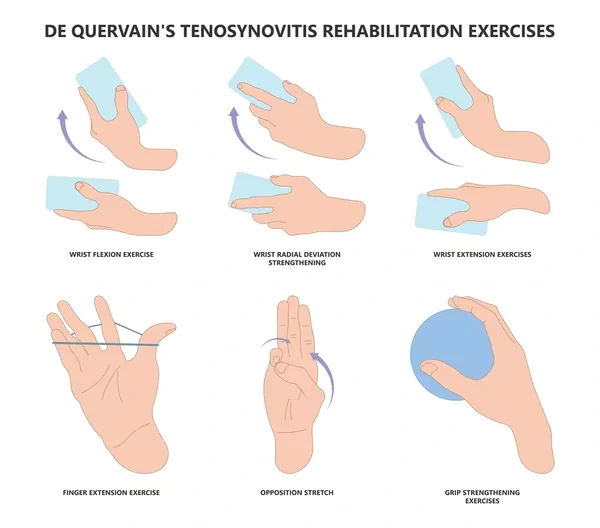
De Quervain’s Tenosynovitis Exercises
Specific exercises can help alleviate symptoms and improve flexibility. These include:
- Thumb lifts and extensions: To strengthen the thumb tendons.
- Tendon gliding exercises: To improve tendon movement.
- Wrist stretches: To reduce tension in the wrist and thumb area.
When to Consider Surgery?
If pain persists despite conservative treatments, surgery may be necessary.
Indications for surgery include:
- Severe pain affecting daily activities.
- Swelling and restricted thumb movement.
- Lack of improvement with non-surgical methods.
Surgical Treatment for De Quervain’s Tenosynovitis
Overview of De Quervain’s Tenosynovitis Surgery in Thane
Surgical intervention involves releasing the inflamed tendon sheath to relieve pressure and inflammation.
At Pinnacle Orthocentre, we offer:
- Treatment from experienced hand surgeon,
- Advanced technology supporting surgical procedures,
- Excellent post-operative rehabilitation.
What to Expect During the Procedure?
- The surgery is an outpatient or a Day-Care procedure performed under local or regional anaesthesia.
- A person can begin his or her daily activities almost within 2-3 days post surgery.
- The procedure is reasonably safe and gives faster recovery.
Recovery and Aftercare
- Recovery Timeline:
- Immediate pain relief in all cases.
- Return to daily activities within one week.
- Return to sport-related or heavy activities in 3 weeks.
- Post-Surgical Rehabilitation:
- Physiotherapy to restore full thumb movement may be required in selected patients
Why Choose Pinnacle Orthocentre for De Quervain’s Tenosynovitis Treatment in Thane?
- Expertise in treating complex orthopaedic conditions who are specialised hand surgeons.
- A dedicated team for hand and wrist injuries.
- Personalized treatment plans tailored to individual needs.
- Access to advanced surgical and non-surgical rehabilitation programs.
FAQs on De Quervain’s Tenosynovitis and Surgery
Q-1. Can De Quervain’s Tenosynovitis heal on its own?
In mild cases or in pregnant or post-partum females, it is possible to expect good results. However, persistent or severe cases may require medical intervention.
Q-2. How painful is De Quervain’s surgery?
The procedure is performed under local or regional anaesthesia, ensuring minimal discomfort during surgery.
Are there any risks involved in surgery?
While generally safe, possible risks include infection, nerve injury, or scar tissue formation. At Pinnacle Orthocentre, we prioritise patient safety to minimise such risks.
Q-3. How soon can I return to work after surgery?
Most patients return to light activities within 1-2 weeks and resume full activities within 4-6 weeks, depending on the nature of their work.
Conclusion
De Quervain’s Tenosynovitis can significantly impact your daily life, but effective treatments are available. From conservative care to advanced surgical solutions, Pinnacle Orthocentre offers world-class De Quervain’s Tenosynovitis treatment in Thane.
Don’t let wrist pain hold you back!—Contact us today for expert care and personalised treatment plans.

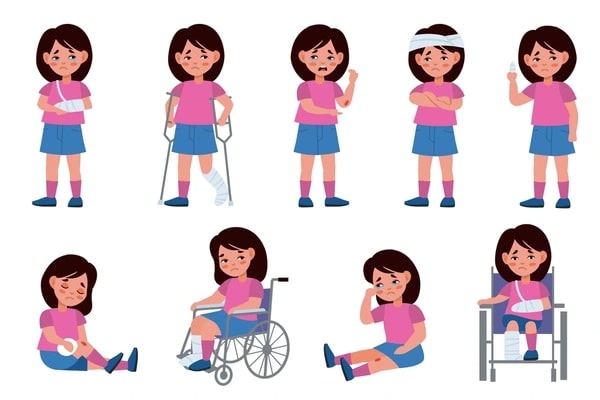
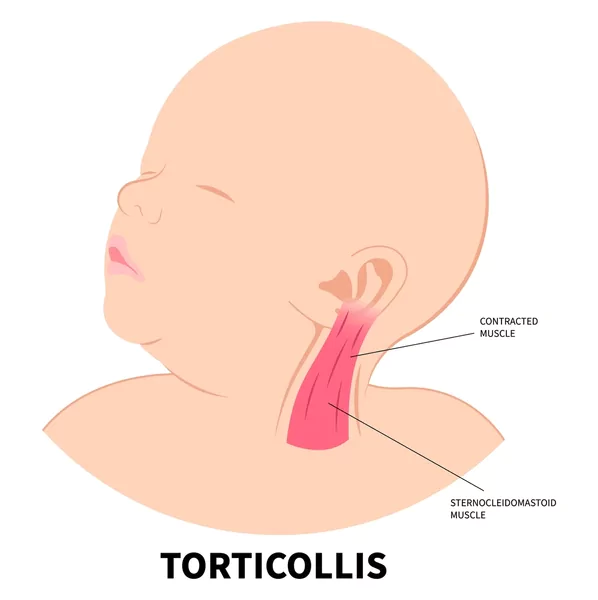
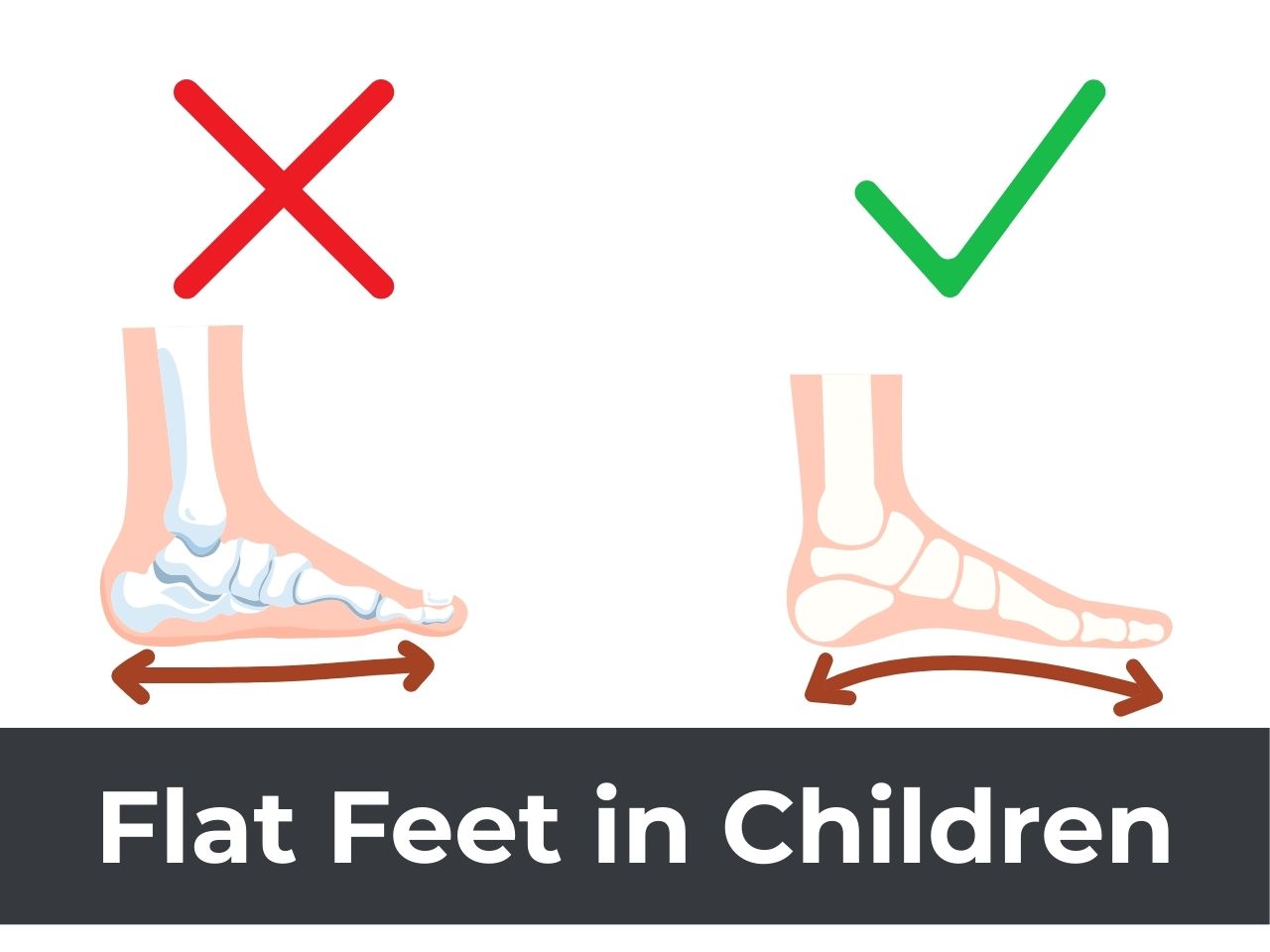

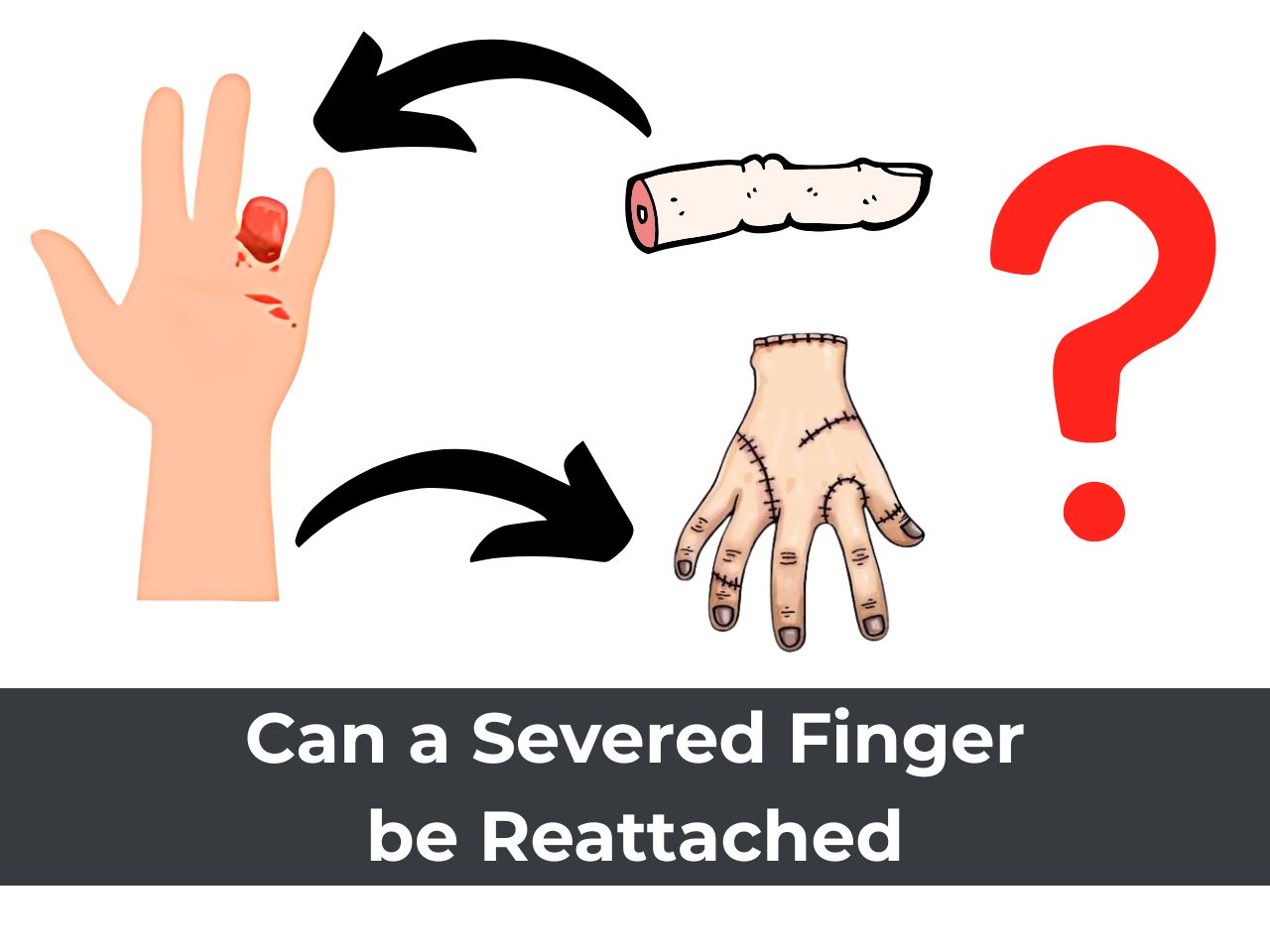
0 Comments